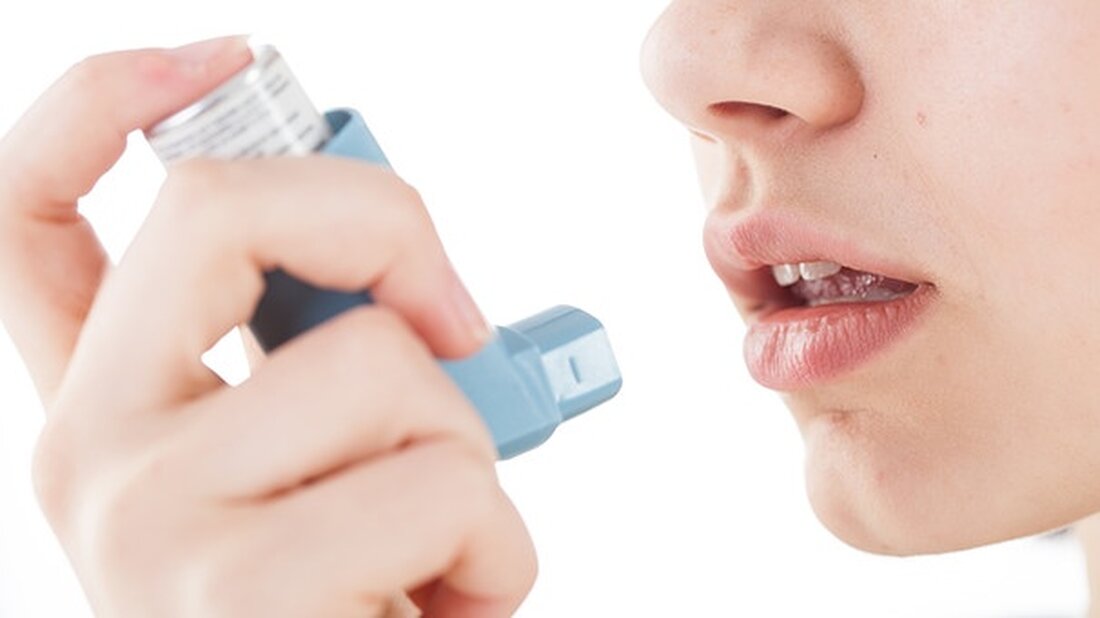Asthma and house dust mites – here is the solution!
Asthma is a serious respiratory disease that affects more than 9% of the US population. One in 13 people experience this potentially fatal condition, which causes swelling of the airways. When the airways swell, they narrow, restricting the flow of air between the nose and mouth to the lungs. Symptoms include difficulty breathing, wheezing, coughing, and chest tightness. Asthma attacks are often caused by allergens entering the lungs. For people with allergy-triggered asthma, it is important to know the causes so they can be avoided. One of the most common allergens that trigger asthma is house dust mites. But it's not the mistake...

Asthma and house dust mites – here is the solution!
Asthma is a serious respiratory disease that affects more than 9% of the US population. One in 13 people experience this potentially fatal condition, which causes swelling of the airways. When the airways swell, they narrow, restricting the flow of air between the nose and mouth to the lungs. Symptoms include difficulty breathing, wheezing, coughing, and chest tightness.
Asthma attacks are often caused by allergens entering the lungs. For people with allergy-triggered asthma, it is important to know the causes so they can be avoided.
One of the most common allergens that trigger asthma is house dust mites. But it's not the fault - it's their feces. How very unpleasant! These fecal pellets contain a protein that triggers the allergic reaction. The life cycle of a house dust mite is 65-100 days and produces approximately 2,000 fecal pellets within this time frame. And there could be millions of these poopers in your house.
The main problem is that dust mites are everywhere! They feed on dead skin cells from people (and other animals) and congregate in all “textile” places in the house. Primary targets are bedding, linens, carpets, mattresses, pillows and upholstered furniture as they beautifully house these allergen monsters with an endless supply of food. They are microscopic and their feces easily become airborne. Inhaling the stool pellets can cause a severe allergic reaction, which can trigger asthma in some people.
An allergy to dust mites can cause sneezing, a runny nose, and itchy or watery eyes when vacuuming or dusting. If you enter a dusty room and experience these symptoms, it is practically concrete evidence of a dust mite allergy. However, a person with asthma may also experience wheezing, chest tightness, or difficulty breathing.
If you suspect you or a loved one is suffering from allergy-triggered asthma caused by house dust mites, here are some steps to minimize the risk.
Minimize humidity in the home as these pests love a humid environment.
Beef up ventilation if possible. Recirculating the same air just continues the exposure to the fecal pellets.
Keep mold and dust to a minimum by washing bedding at least weekly and vacuuming carpets and rugs weekly.
Treat your home, furniture and bedding with a safe, natural pesticide that fights dust mites.
To combat the dust mites, treat the bedding and bedding with the safe natural product when changing the bedding. Weekly applications on carpet, bedding and upholstered furniture work wonders. Adding some of the safe natural product to the laundry gives you an extra layer of protection.
While asthma sufferers continue to be triggered by house dust mites, minimizing them in the home will greatly reduce the symptoms. And that's nothing to sneeze at!
Inspired by Louise Hodges

 Suche
Suche
 Mein Konto
Mein Konto
